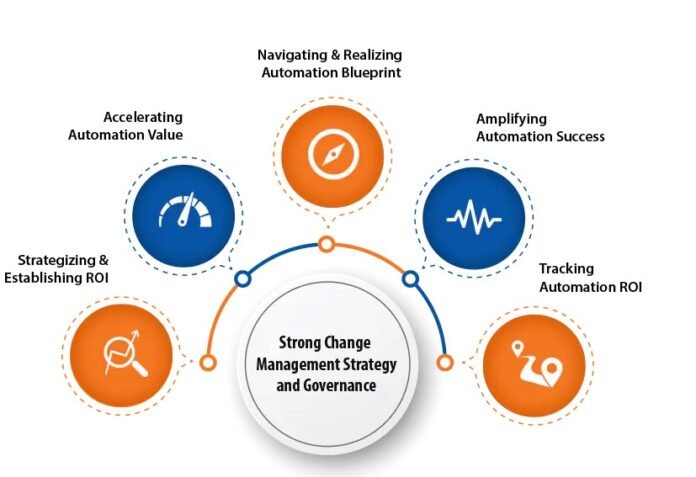Empty shelves, Christmas presents not arriving until February, and alarming news reports of prices rising. Sound familiar?
All of this has become a reality for most of us, as information about the global supply chain crisis has become part of the cultural zeitgeist.
But what are the causes for these global supply chain issues? And how can we resolve it?
Read on to find out.
Understanding The Global Supply Chain
To understand the problem it is good to have a basic idea of how the international supply chain works.
Nearly all products that we can touch, see and use have all at one point been on a shipping container.
Once out of the factory floor, they are put into these containers and then shipped to their destination where, after being unloaded, they are driven to distribution centers and then later to our shops or supermarkets. The containers then make their way back home with American products or empty, ready to make the trip again.
Asia, unsurprisingly, is the biggest manufacturing market in the world. This means that many products have traveled thousands of miles before they even reach our shores. Orders are often done in advance, with businesses forecasting how much they will need and using the services of a freight forwarder.
Simple stuff really, supply and demand. But in 2020 things didn’t go to plan.
The Global Supply Chain And COVID-19
The role of the global pandemic in global supply chain issues cannot be understated. Starting in early 2020, factories around the world, but particularly in Asia had to shut down in an unprecedented fashion due to various countries going into lockdown.
The result?
Containers already in their destinations had to stay where they were, full with no one to offload or administrate their stock and unable to return home.
Also, big companies saw a potential drop in demand for products and then stopped ordering goods. Sounds logical, right? But what did all those people who were stuck at home do in their spare time?
Shop online!
We then found ourselves in a perfect storm. At the very same time in the west when COVID 19 was at its strongest, factories in Asia began to open up again producing more due to the pick-up in demand.
This has left us with an increase in demand, and an increase in supply. But that sounds like a perfect situation, so why the terrible knock-on effects?
Well, two steps are principle in delays that we are all facing: ports and trucks.
The ports in LA and Long Beach, for example, two of the largest in the United States were full and simply did not have enough space for new containers. To add to that even before the pandemic we’ve been going through the biggest truck driver shortage in American history, so we have fewer hands to ease those overwhelmed docks.
How to Resolve the Global Supply Chain Issues
So what is the solution? One such way would be for businesses to forge closer relationships with regional manufacturers. Another would be for manufacturers to build up more of an inventory to offset any rises in demand if there are production issues.
Either way, restructuring the current system is the only way in which we will be able to prove ourselves more resilient to any further potential disruptions to an already fragile supply chain.
Getting What We Want
So hopefully now you understand the collective panic that seems to be in the media about global supply chain issues. As with all things, it will pass. But being fully informed is one of the best ways to prepare for any changes.
If you enjoyed this read be sure to check out our other current affairs and business news on our site!








